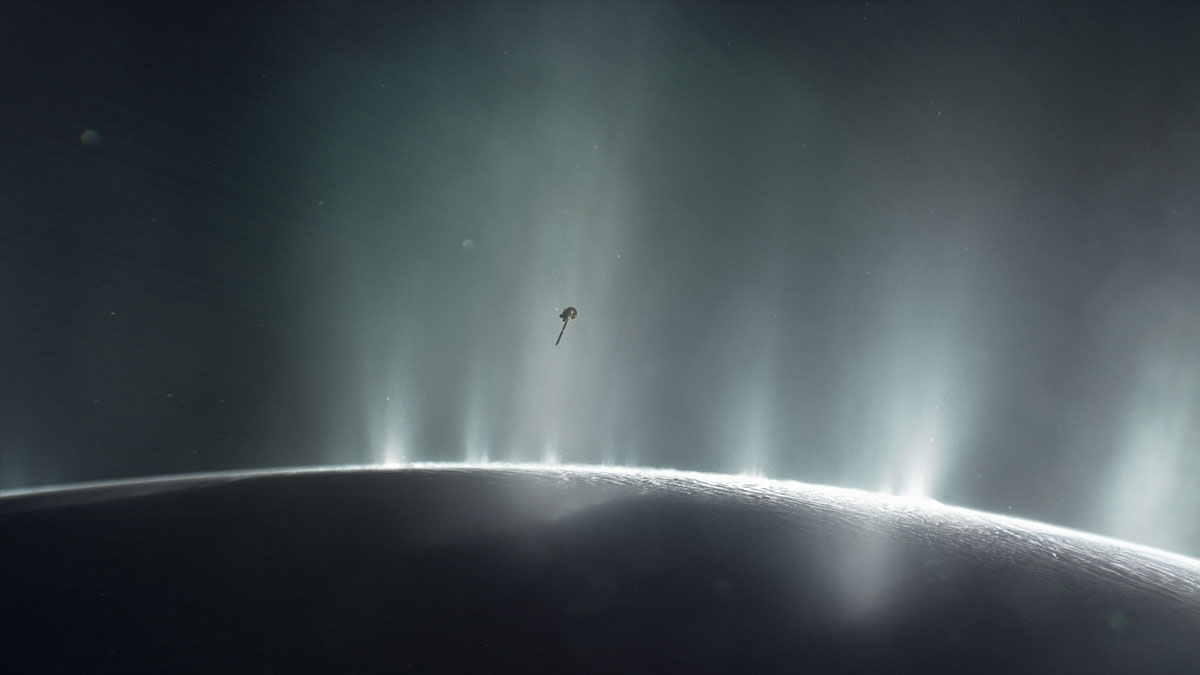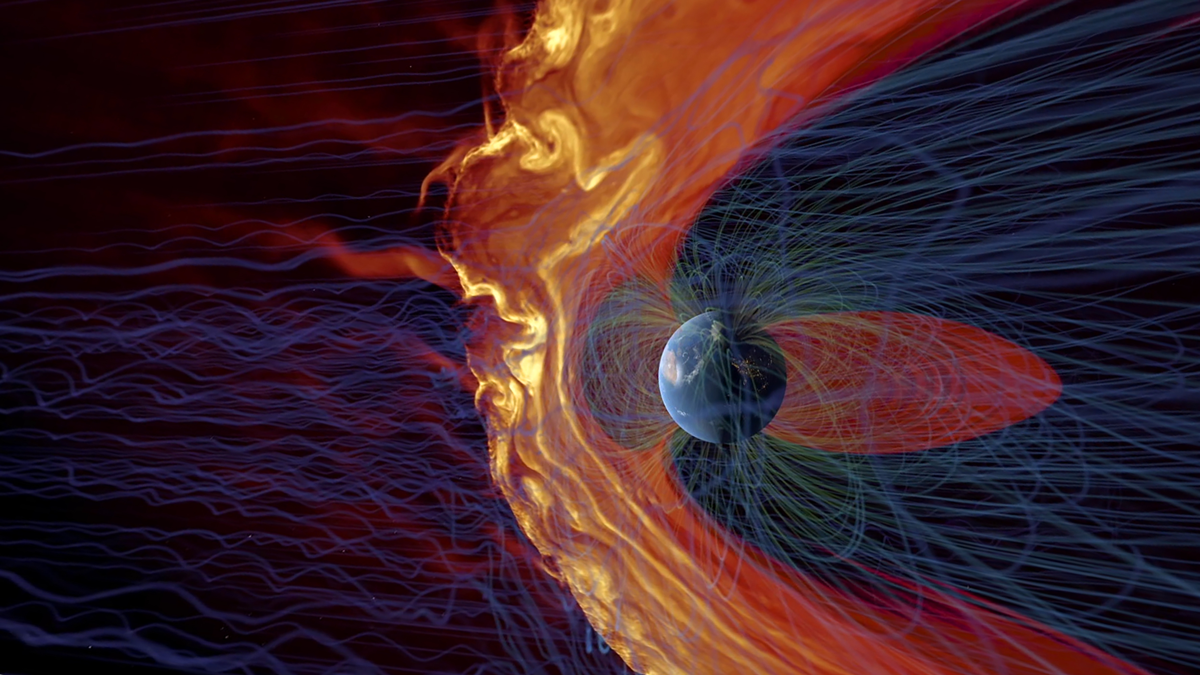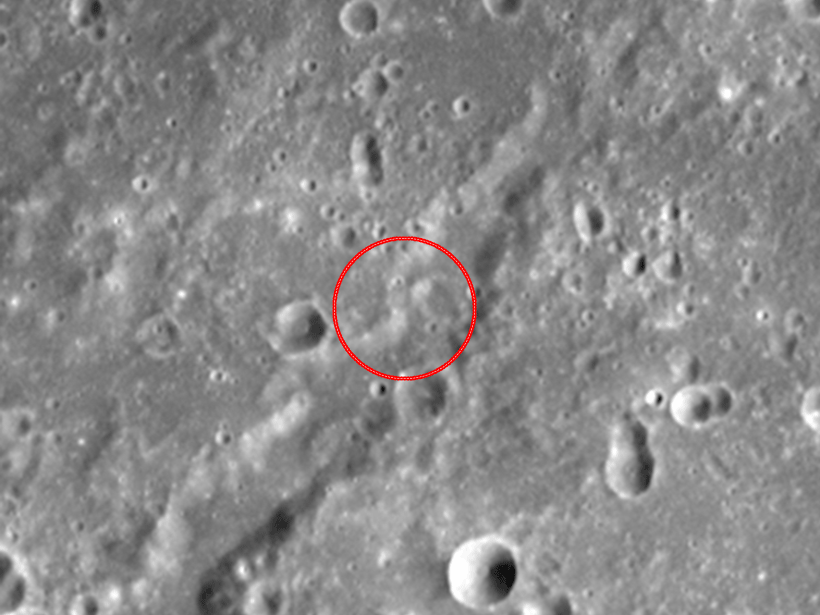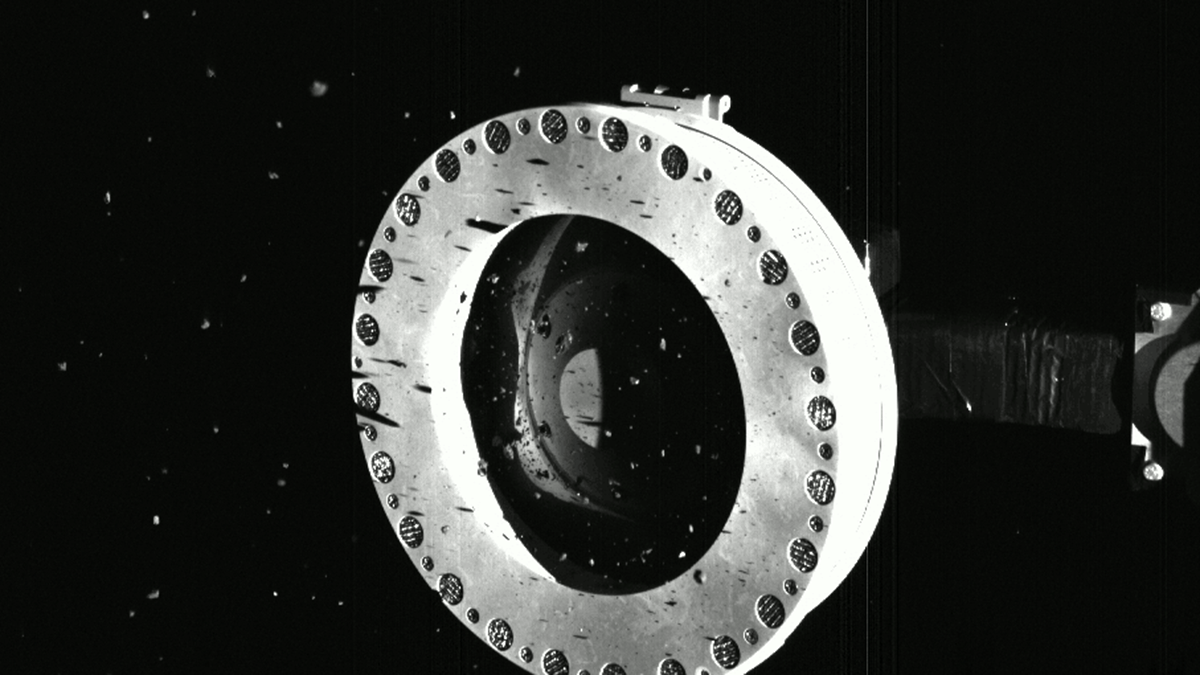Imágenes de alta resolución de paleolagos recientemente descubiertos en Marte demuestran un período de su historia con flujo de agua constante.
spacecraft
Marine Science Goes to Space
Space and ocean scientists take a splash course in multidisciplinary science to chart our solar system’s ocean worlds.
Long-Lived Lakes Reveal a History of Water on Mars
High-resolution imagery of newly discovered paleolakes shows a period of consistent liquid water flow.
Space Raindrops Splashing on Earth’s Magnetic Umbrella
Though not as damaging as extreme space weather events, showers of plasma jets hit Earth’s magnetic shield every day—yet we’re only beginning to understand their effects.
MESSENGER Reveals a More Dynamic Mercury Surface
Image pairs indicate that 99% of the planet’s surface could be altered in the next 25 million years.
Optimizing Competing Instrument Needs with an Objective Metric
Intrinsic dimensionality can quantify the level of information obtainable for various possible instrument configurations.
Shake, Rattle, and Probe
Helioseismology allows scientists to study the interior of the Sun, solve some basic physics mysteries, and forecast space weather.
A Time Capsule from the Early Solar System Is En Route to Earth
After an exciting encounter with asteroid Bennu, the OSIRIS-REx mission team looks forward to hitting pay dirt when a hefty sample of ancient planetesimal material is delivered to Earth next year.
Zhurong Rover Spots Evidence of Recent Liquid Water on Mars
The Chinese rover identified hydrated minerals—likely associated with groundwater—in sediments dating to the Red Planet’s most recent geologic period.










